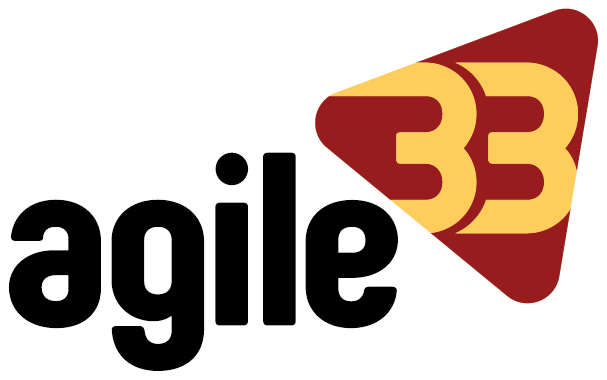
Scrum, as an Agile framework, is designed to help teams work together to deliver value iteratively and incrementally. Central to the success of Scrum is the definition of roles within the team. These roles are tailored to ensure clear accountability, seamless collaboration, and consistent delivery of high-quality work.
In a Scrum team, there are three key roles: the Scrum Master, the Product Owner, and the Developers (or Development Team). Each role has distinct responsibilities and works together to achieve shared goals. Let’s break down these roles and understand their contributions to the Scrum framework.
1. Scrum Master
The Scrum Master is often referred to as the servant leader of the Scrum team. Their primary goal is to ensure the team adheres to Scrum principles and practices while fostering an environment of collaboration and continuous improvement.
Responsibilities:
· Facilitating Scrum Events: Organize and lead daily stand-ups, sprint planning, sprint reviews, and retrospectives.
· Removing Impediments: Identify and resolve obstacles that could hinder the team’s progress.
· Coaching and Mentoring: Guide the team and organization in understanding and adopting Agile and Scrum principles.
· Protecting the Team: Shield the team from distractions and external pressures, ensuring they remain focused on sprint goals.
· Fostering Collaboration: Encourage open communication and collaboration between team members and stakeholders.
The Scrum Master does not manage the team but instead empowers them to self-organize and deliver value effectively.
2. Product Owner
The Product Owner represents the customer or end-user and is responsible for maximizing the value delivered by the Scrum team. They serve as the voice of the stakeholders and ensure the team works on the most important tasks.
Responsibilities:
· Defining the Product Vision: Clearly articulate the vision for the product and ensure it aligns with business objectives.
· Managing the Product Backlog: Create, prioritize, and maintain the product backlog, ensuring items are well-defined and ready for development.
· Stakeholder Engagement: Act as the bridge between stakeholders and the Scrum team, gathering input and feedback to inform priorities.
· Accepting Deliverables: Review completed work during sprint reviews and determine if it meets the definition of done.
· Maximizing Value: Ensure the team focuses on delivering the highest-value features and improvements.
The Product Owner balances the needs of stakeholders with the team’s capacity, continuously refining the backlog to ensure clarity and focus.
3. Developers (Development Team)
The Developers are the individuals responsible for delivering the work during each sprint. They collaborate to turn backlog items into a potentially shippable product increment.
Responsibilities:
· Delivering Incremental Value: Work collectively to complete sprint backlog items, ensuring the deliverable meets the definition of done.
· Self-Organizing: Decide how to accomplish the work without external direction.
· Collaborating Closely: Communicate frequently within the team and with the Product Owner to ensure alignment on goals and deliverables.
· Estimating Work: Participate in backlog refinement and sprint planning to estimate effort and time required for tasks.
· Continuous Improvement: Reflect during retrospectives and implement changes to improve processes and team performance.
The Developers are cross-functional, meaning the team possesses all the skills needed to complete the work without relying on external resources.
How These Roles Work Together
For a Scrum team to succeed, the three roles must work in harmony:
· The Product Owner defines what needs to be done and prioritizes work to maximize value.
· The Developers focus on how to deliver the work effectively, collaborating to achieve sprint goals.
· The Scrum Master ensures the team remains focused, facilitates collaboration, and resolves obstacles.
This collaboration is driven by trust, transparency, and a shared commitment to delivering value.
Key Characteristics of a Scrum Team
1. Cross-Functional: The team includes all the skills necessary to complete the work.
2. Self-Organizing: The team decides how best to accomplish tasks without micromanagement.
3. Small and Nimble: Scrum teams typically consist of 10 or fewer members to maintain agility and effective communication.
4. Goal-Oriented: The team is focused on achieving the sprint goal and delivering a valuable product increment.
The roles within a Scrum team are intentionally designed to promote collaboration, accountability, and a customer-focused mindset. Each role brings a unique perspective and set of responsibilities that contribute to the team’s ability to deliver value iteratively and incrementally.
By understanding and respecting these roles, organizations can foster an environment where teams thrive, stakeholders are engaged, and products are delivered with quality and purpose. The strength of a Scrum team lies in its ability to work as a cohesive unit while remaining adaptable to change—a hallmark of the Agile approach.
